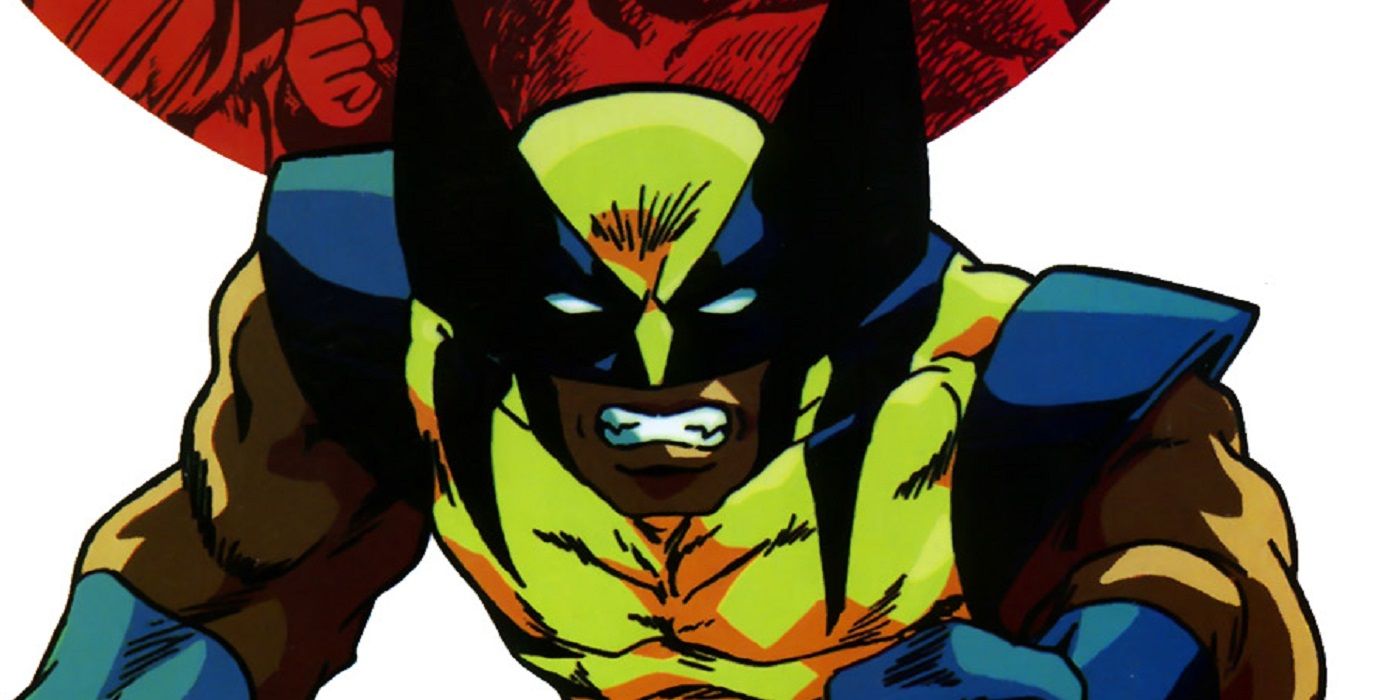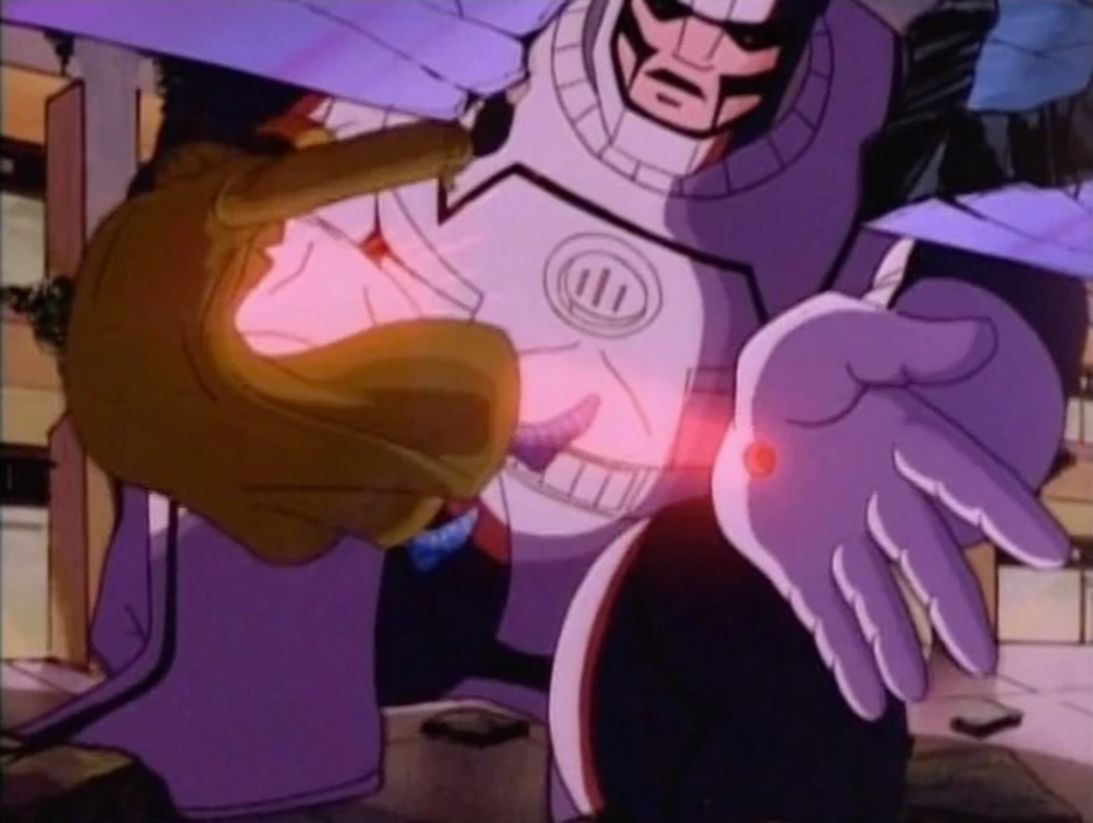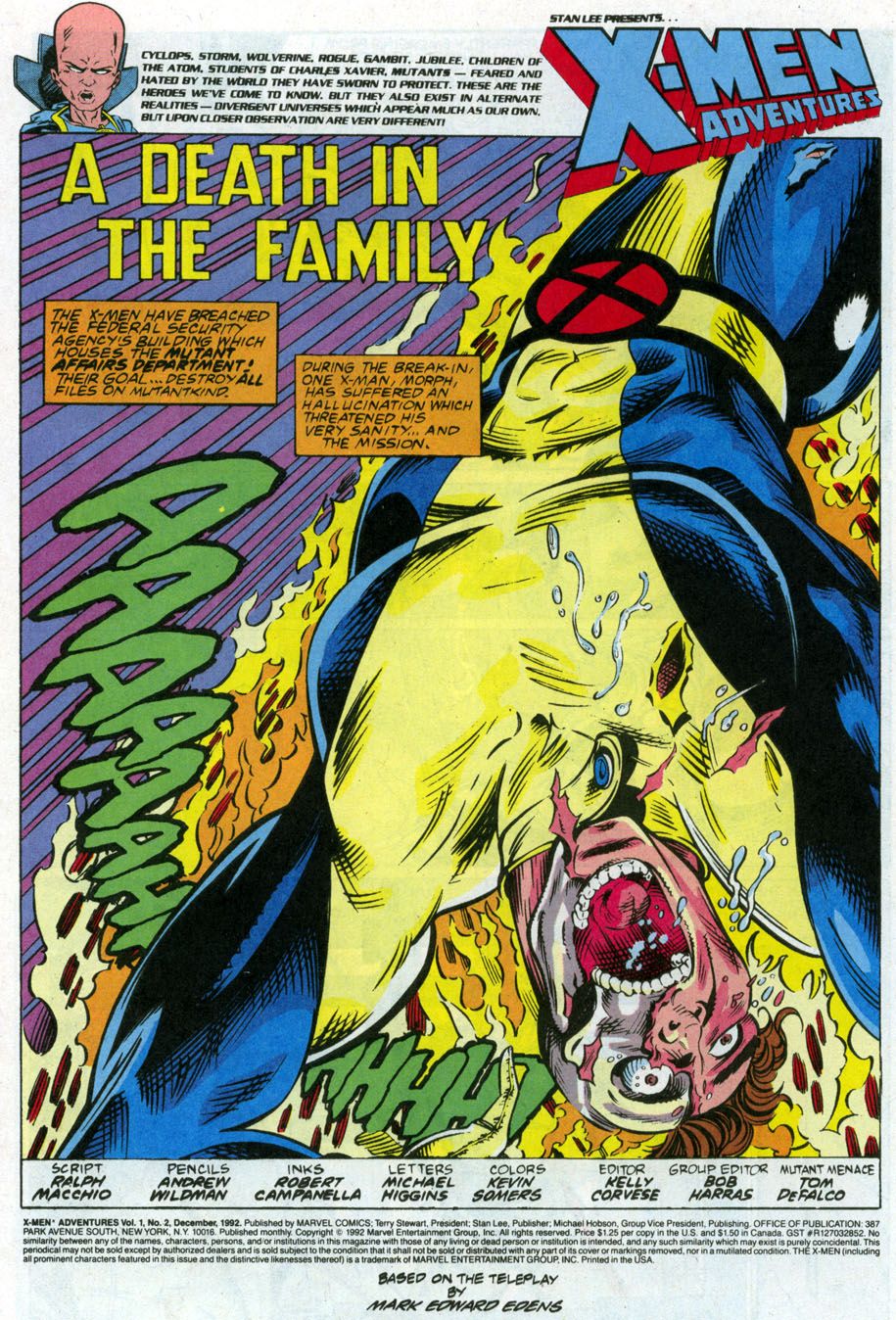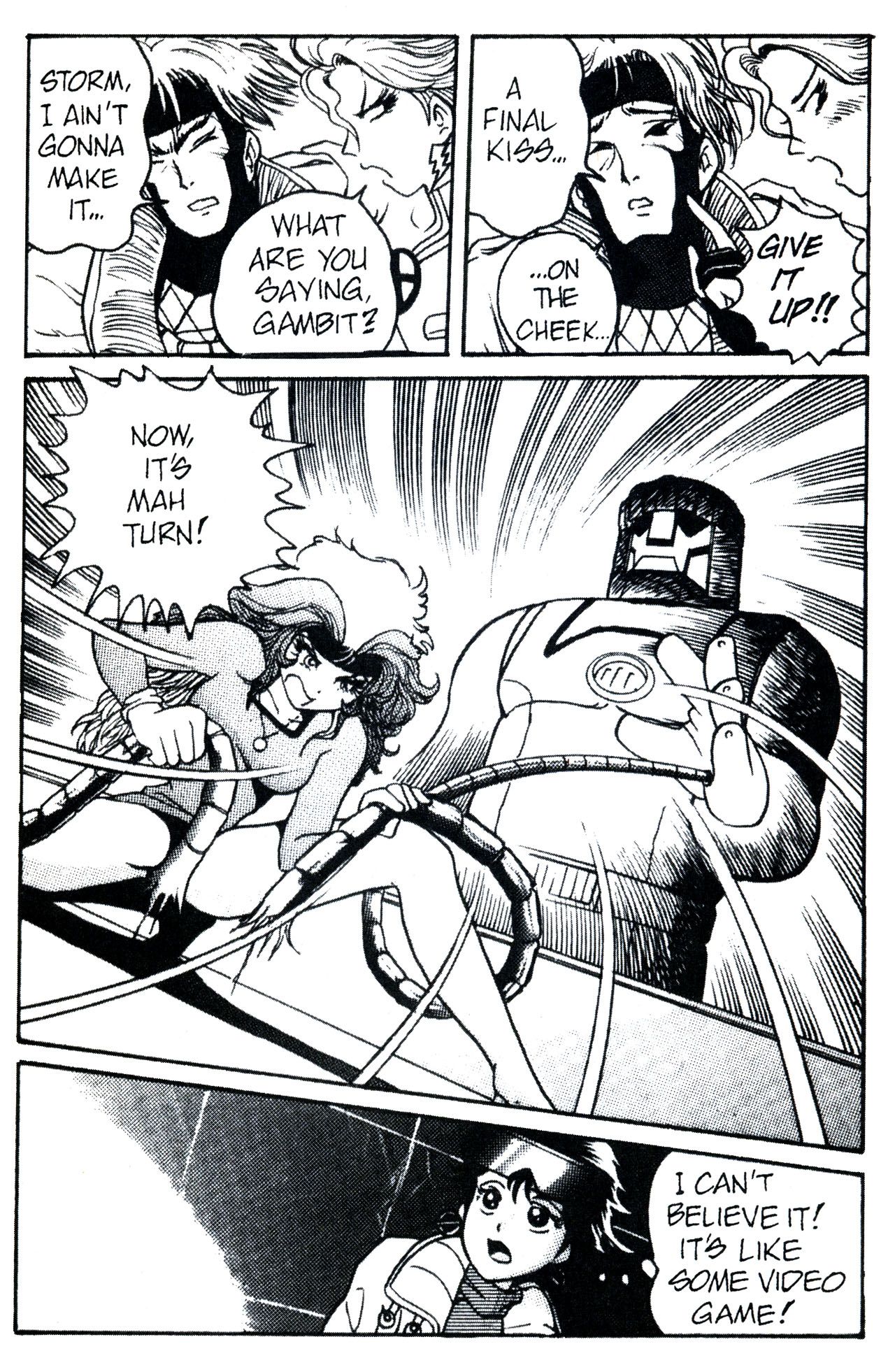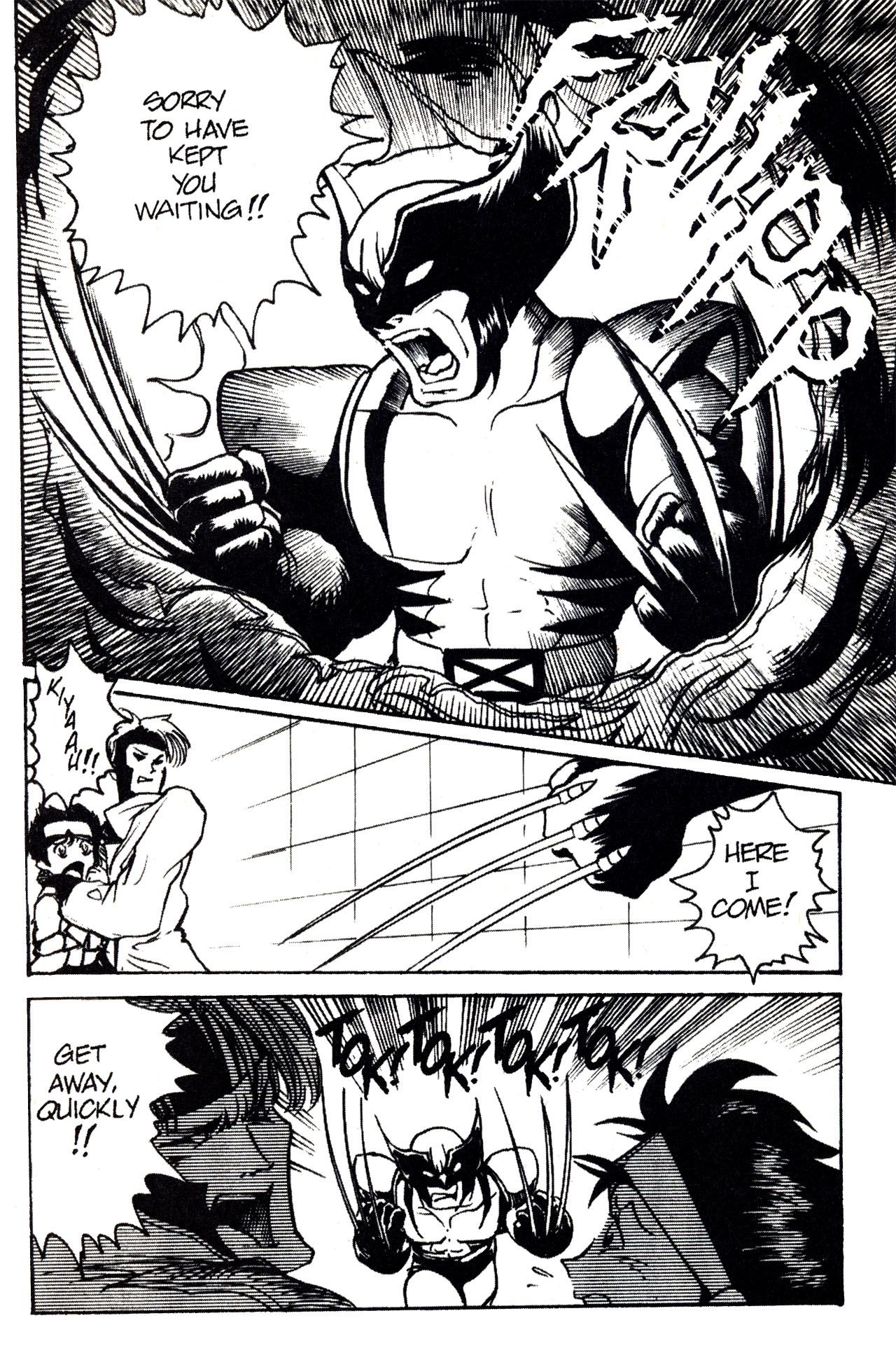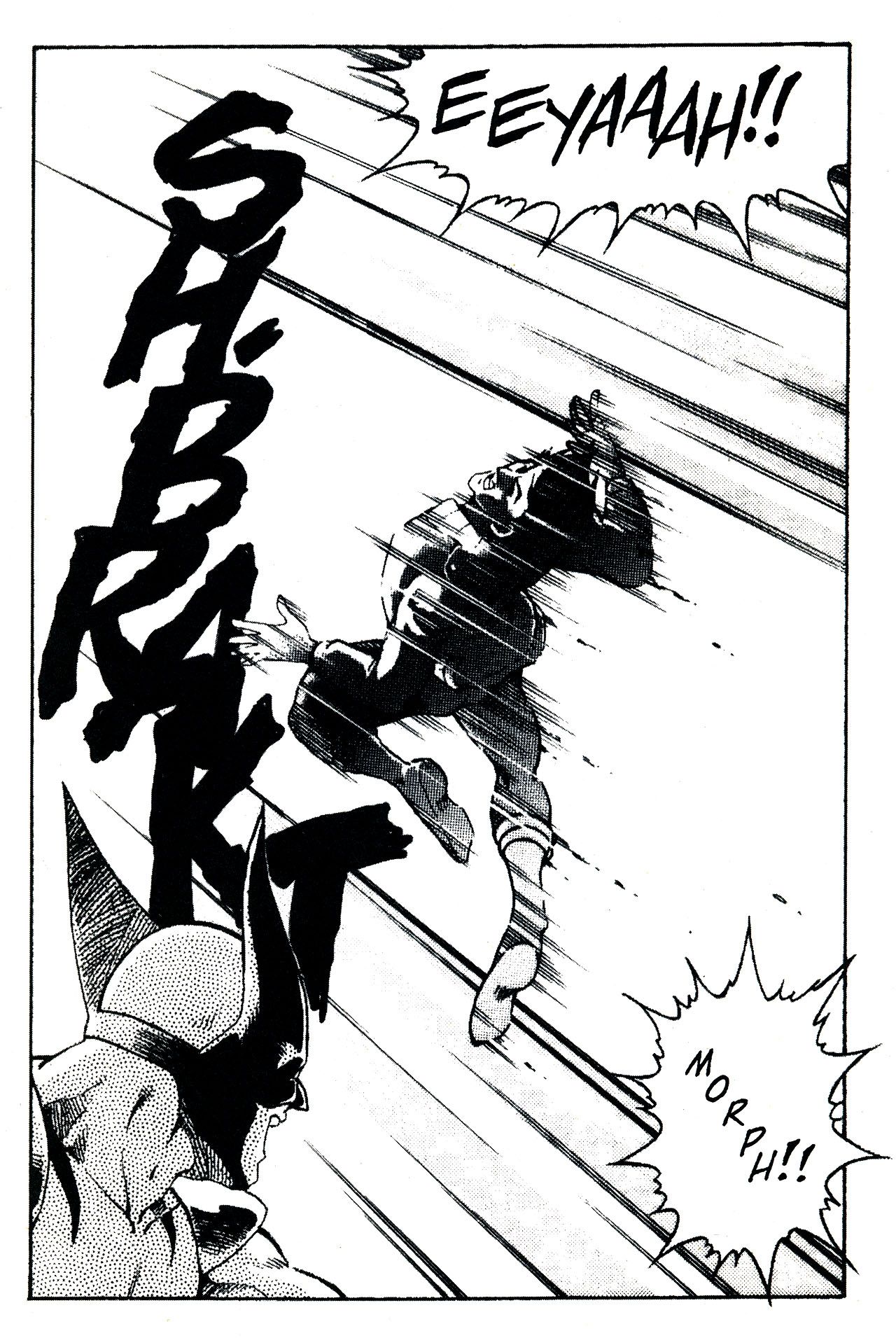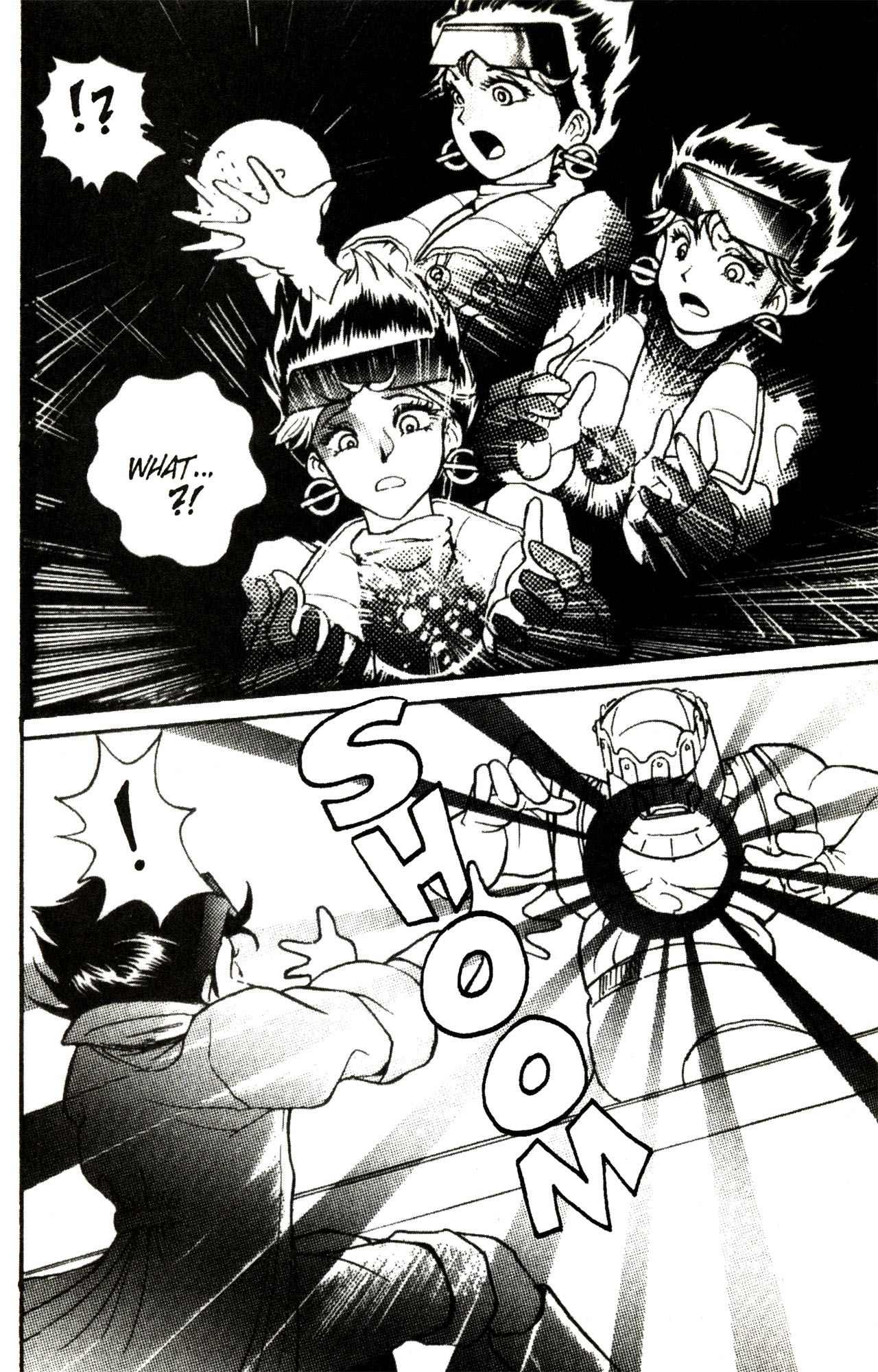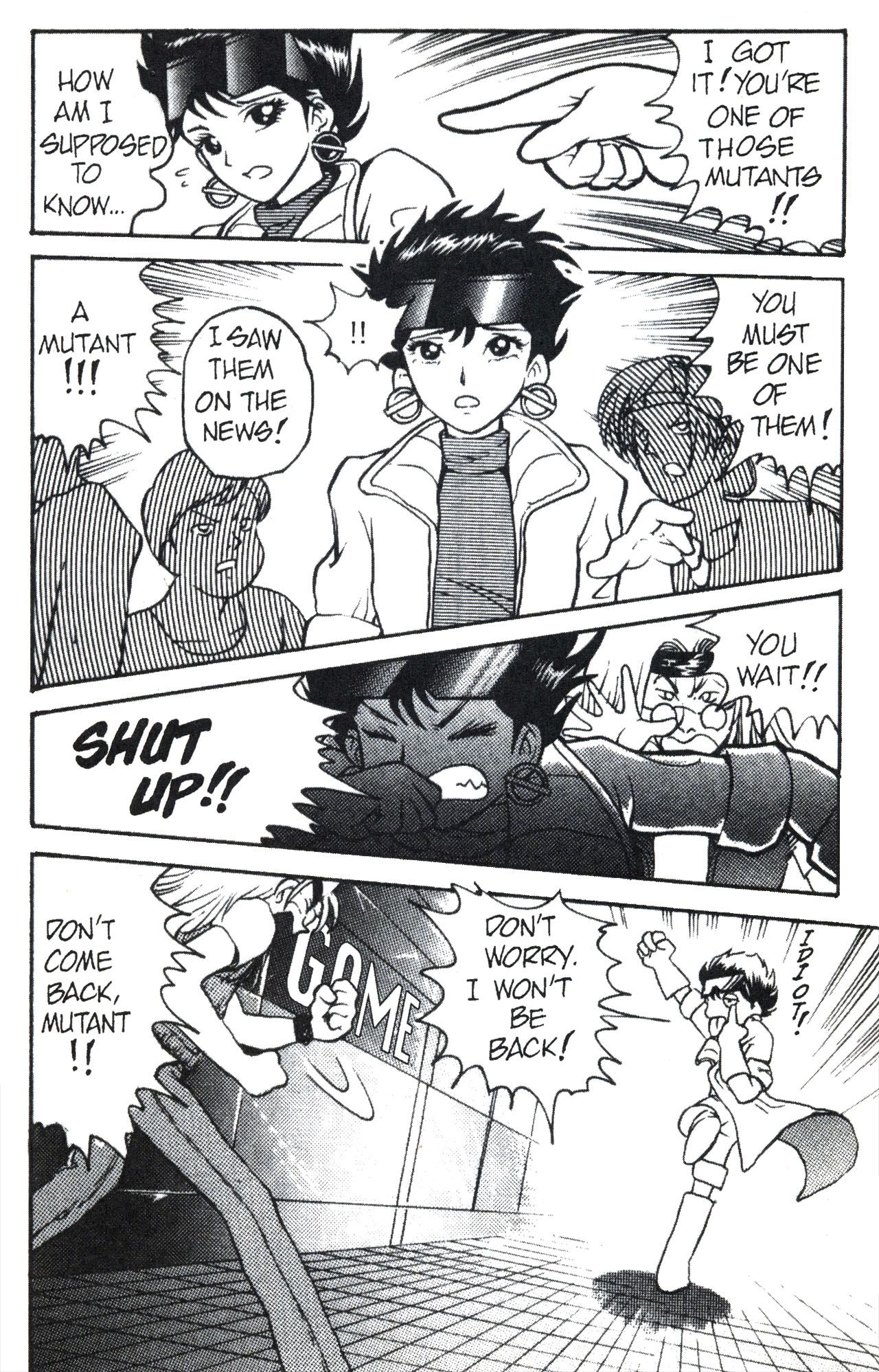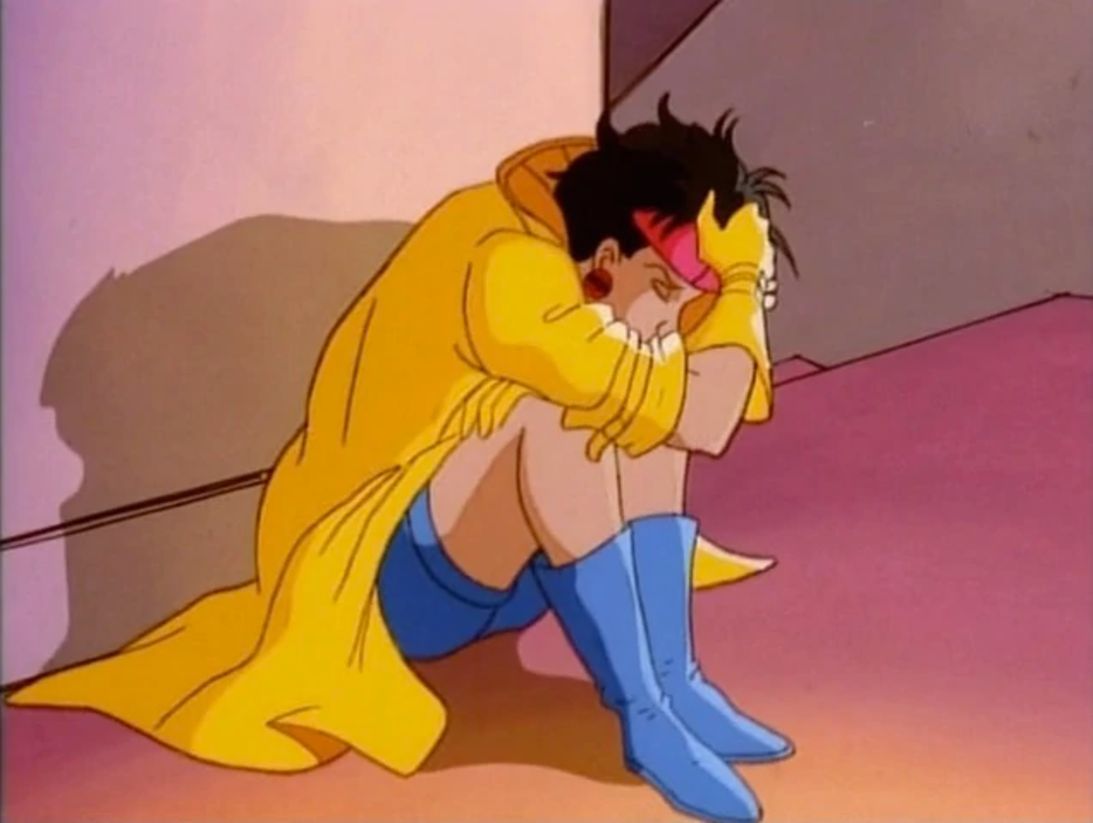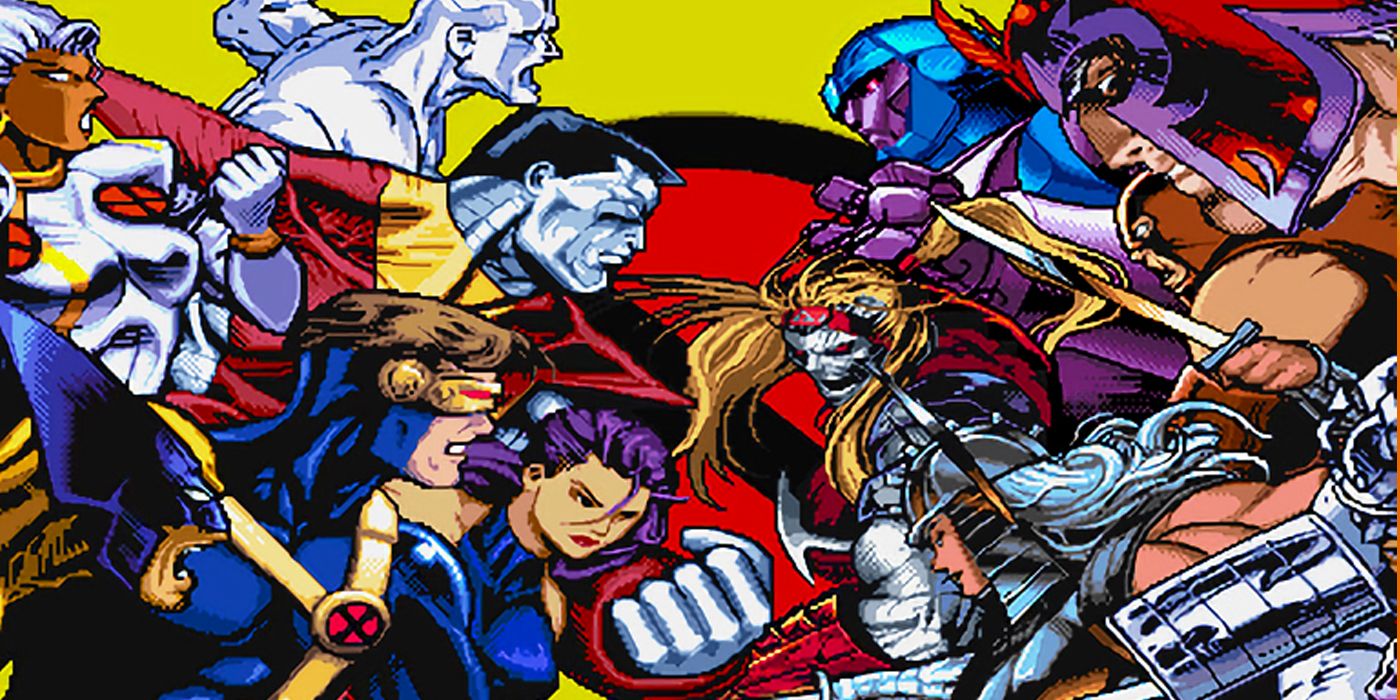Welcome to Adventure(s) Time's 113th installment, a look at animated heroes of the past. This week, we're revisiting the hit debut of X-Men: The Animated Series ... along with the comic adaptations it inspired. And if you have any suggestions, let me hear them. Just contact me on Twitter.
Airing on Oct. 31, 1992, is something that turned out to be larger than anyone anticipated. After a rushed, perhaps even chaotic, development period, X-Men: The Animated Series debuted as a part of Fox's Saturday morning line-up. The show had already been delayed for more than a month, and ended up airing only as a "sneak preview" for this week and the next in 1992. In fact, the versions of the episodes broadcast still featured numerous animation errors that were corrected in subsequent broadcasts.
"Night of the Sentinels (Part One)" is an attempt to introduce the basics of the X-Men concept, following a model audiences have now witnessed numerous times. There's a frightened neophyte mutant pursued by sinister forces, and it's the X-Men who must protect the girl ... while conveniently introducing their powers and personalities and occasionally bickering among themselves. (Heck, the first X-Men movie even follows this pattern.)
The episode opens with news footage of Sabretooth on a rampage, establishing mutants as a threat to humanity. Soon, Jubilee (adopted daughter of humans wary of mutants) is attacked by a robotic Sentinel at her local mall, only to be rescued by the X-Men, who happen to be shopping close by. Jubilee is taken to the team’s mansion, but refuses to stay. The X-Men learn the Sentinels were created by a government-funded group called the Mutant Control Agency. They infiltrate its headquarters and destroy its files, but as they prepare to leave, armed soldiers wait in ambush.
The first adaptation of this story actually appeared before the episode. Marvel's X-Men Adventures series, from writer Ralph Macchio and penciler Andrew Wildman, was launched as a monthly series weeks before the cartoon's debut. For the most part, it sticks to the episode's script ... although there are a few moments that veer into directions Fox's censors likely wouldn't approve. For one, Wolverine's line about having "dinner" waiting back home is replaced by "a cold brew." And, oh yeah, Morph also has a horrific premonition of his impending death.
A few years after the show's release in the United States, manga publisher Bamboo Comics presented its own adaptation. American readers likely wouldn't have been aware of the series, but in 1998, Marvel reprinted the adaptations as X-Men: The Manga. The opening two issues are credited to Hiroshi Higuchi, as translated by Mutsumi Masuda.
While the X-Men Adventures series attempted to stick to one episode of the series per one issue of the comic (before giving up and allowing the scripts to breathe over several issues), The Manga has a more relaxed pace from the beginning. (When Jubilee's father mentions she melted the VCR ... we see a flashback to her melting the VCR!) The climax of the first issue, for example, is Jubilee meeting Cyclops in the mall's parking lot. That's less than halfway through the first episode.
There are some curious deviations in the manga adaptation. For one, peripheral characters don't fit the model of the show, as evidenced by the mall's arcade manager now resembling a hippie. We also have alterations to the show's dialogue ... like when Gambit hits on Storm!
Wolverine also receives a more dramatic introduction here, as he's treated as some foreboding monster in his debut sequence.
Ultimately, it takes four issues of The Manga to adapt the opening two episodes. The second installment of "Night of the Sentinels" (now adapted by Koji Yasue, but still translated by Mutsumi Masuda) features the X-Men's disastrous escape from the Mutant Control Agency, which results in Beast's capture and Morph's death. Due to censorship issues, the show couldn't actually depict Morph's fatal attack. (Or "fatal," as we believed at the time.) Not so in the manga.
The basics of the story remain unchanged, however. The issues end with the X-Men defeating the Sentinels, and Jubilee saying goodbye to her foster parents and moving in with the X-Men. It's the starting point of the series, a sturdy foundation that served the show for five years of episodes.
DESIGN-Y
X-Men: The Manga does feature some dynamic images of the heroes, like this cool shot showcasing Jubilee's powers in the opening issue.
On other occasions, the book loses any Western influence and goes full manga. The opening issues can't figure out Beast's design , and there are moments when Jubilee looks like something out of Doraemon.
APPROVED BY BROADCAST STANDARDS & PRACTICES
As the manga adaptation doesn't directly use the show's dialogue in most scenes, there are a few moments that wouldn't have made it past the censors. Jubilee referring to Agent Gyrich as a "pervert" after she's strapped to a table is one of them. Another comes in Issue 3, when Wolverine enjoys one of his (formerly) trademark cigars. That wouldn't even make it into a Marvel comic today.
"LOOK WHAT SHE DID TO THE VCR!"
"Night of the Sentinels" is a fairly brutal introduction to the X-Men -- certainly not the era's standard Saturday morning fare. There's character drama, believable stakes, subtle world building, and an intensity the audience couldn't have anticipated.
The comics adaptations are difficult to judge, given that anyone reading them is likely already familiar with the story being adapted. It's not clear why Marvel reprinted these comics months after X-Men aired its final episodes, but it's possible the success of the Capcom video games X-Men: Children of the Atom, X-Men vs. Street Fighter and Marvel Super Heroes led Marvel to believe their audience desired a Japanese take on their characters.
Although the aim for authenticity is admirable, it was probably a mistake to directly adapt the dialogue. Many of these lines just don't translate well (the X-Men actually shout "Full Power!" as their battlecry during their final confrontation with the Sentinels), creating an awkward read. It's not as if the scripts for these episodes were unavailable...the dialogue had already been written! Sure, the manga takes advantage of thought balloons, something the show avoided, but this could've been an easy fix.
Ultimately, it's a curious experiment. The line of X-Men titles was already full to bursting in the late '90s, so to many, this came across as another attempt to cram the shelves with X-product. And the inflated cover price of a full dollar extra likely discouraged many fans who might've given the book a shot. Still, it's an amusing take on the material at times, and a reminder of the excitement surrounding those early episodes.
Hey, my novel Black Hat Blues, is now available on Audible! If you follow this link, you can even check it out with a free trial!

